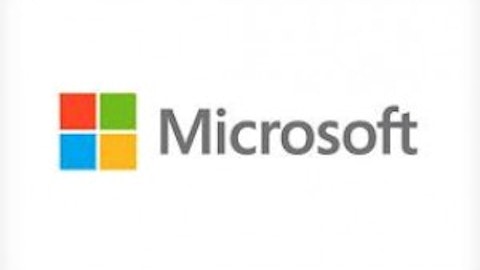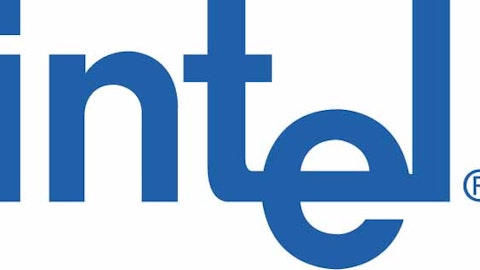Despite gloomy reports from IDC and Gartner that PC shipments had declined drastically in the first quarter of the year, Intel Corporation (NASDAQ:INTC) managed to keep the damage to a minimum. Advanced Micro Devices, Inc. (NYSE:AMD) wasn’t so lucky.
Intel expands
After the IDC and Gartner 2013 Q1 PC shipment data came out, I was prepared for roughly equivalent drops in Intel revenue for the PC Client Group (PCCG). IDC’s data indicated a 15% drop from 2012 Q1, while Gartner said the drop was about 12.4%. Instead, the drop in revenue was only about 6.6% to $8.0 billion.
What accounts for Intel Corporation (NASDAQ:INTC)’s relatively soft landing? Here are my top three explanations, in order of increasing probability:
3) The research firms were simply wrong. I consider this the least likely explanation simply because they agreed fairly closely.
2) Processor ASPs rose in 2013 Q1, partially compensating for the decline in unit shipments. Given that gross margin declined from 58% in 2012 Q4 to 56.2% in 2013 Q1, this also seems unlikely.
1) Intel increased its market share compared to AMD. This is the one explanation that seems the most intuitive based on the chart below:

AMD’s Computing Solutions segment revenue has been on a long slippery slope since the beginning of last year, apparently missing out on the uptick in PC shipments at the end of last year. After doing some analysis, I believe the consensus view that AMD had a 17% share of the processor market at the end of last year was overly optimistic. I believe that AMD’s current share is more like 12%.
This is good news for Intel, of course, and it’s clear that Ivy Bridge has been very successful, despite the downturn in overall PC sales in 2012. Ivy Bridge is in everything from Microsoft Corporation (NASDAQ:MSFT)‘s Surface Pro to Apple’s MacBook Pro.
The shadow of Windows 8
At the same time, it was clear in the conference call that Intel Corporation (NASDAQ:INTC) management were concerned about the impact of Windows 8 on sales, and admitted, somewhat defensively, that there is indeed a “learning curve” for Windows 8. When I reviewed Windows 8, I wasn’t put off by the learning curve particularly, but by the way the OS was poorly integrated. As an OS for a traditional desktop or non-touch laptop, I felt it was inferior to Windows 7. As a tablet OS I think it works well. In using Windows 8, one has the sense that Microsoft is burning its desktop bridge behind it.
Intel and Microsoft are clearly looking forward to the greater availability of touch screen devices, and assume that this will eliminate any qualms consumers have about the OS. I think this remains to be seen. Intel’s guidance for the second quarter was fairly bullish, predicting a sequential gain in revenue to $12.9 billion (from $12.6 billion for this quarter) while improving gross margin to 58%.
Haswell announced

Intel Corporation (NASDAQ:INTC) also announced the forthcoming 22 nm generation of Atoms, code named Bay Trail. Bay Trail should finally allow Windows 8 tablets to be as thin as the thinnest ARM tablets, with equivalent battery life. Bay Trail tablets and notebooks should be available by the end of the year.
With lots of good products in the pipeline, Intel’s optimism for the year seems well founded, assuming the PC and Intel-based tablet markets don’t sour in the coming months.
AMD contracts
And what of poor beleaguered AMD? AMD had total revenue of $1.09 billion, down 31% year over year, and posted an operating loss of $98 million. But the news wasn’t all bad. Gross margin did indeed return to 41% as I indicated in my previous article, “Can Game Consoles Save AMD”. Cash and long-term debt didn’t change much from 2012 Q4: about $1 billion in cash and about $2 billion in long-term debt. Graphics division is holding reasonably steady at $337 in revenue down only 12% year over year. Computing Solutions continues its free fall with $751 million in revenue down about 38% year over year.


